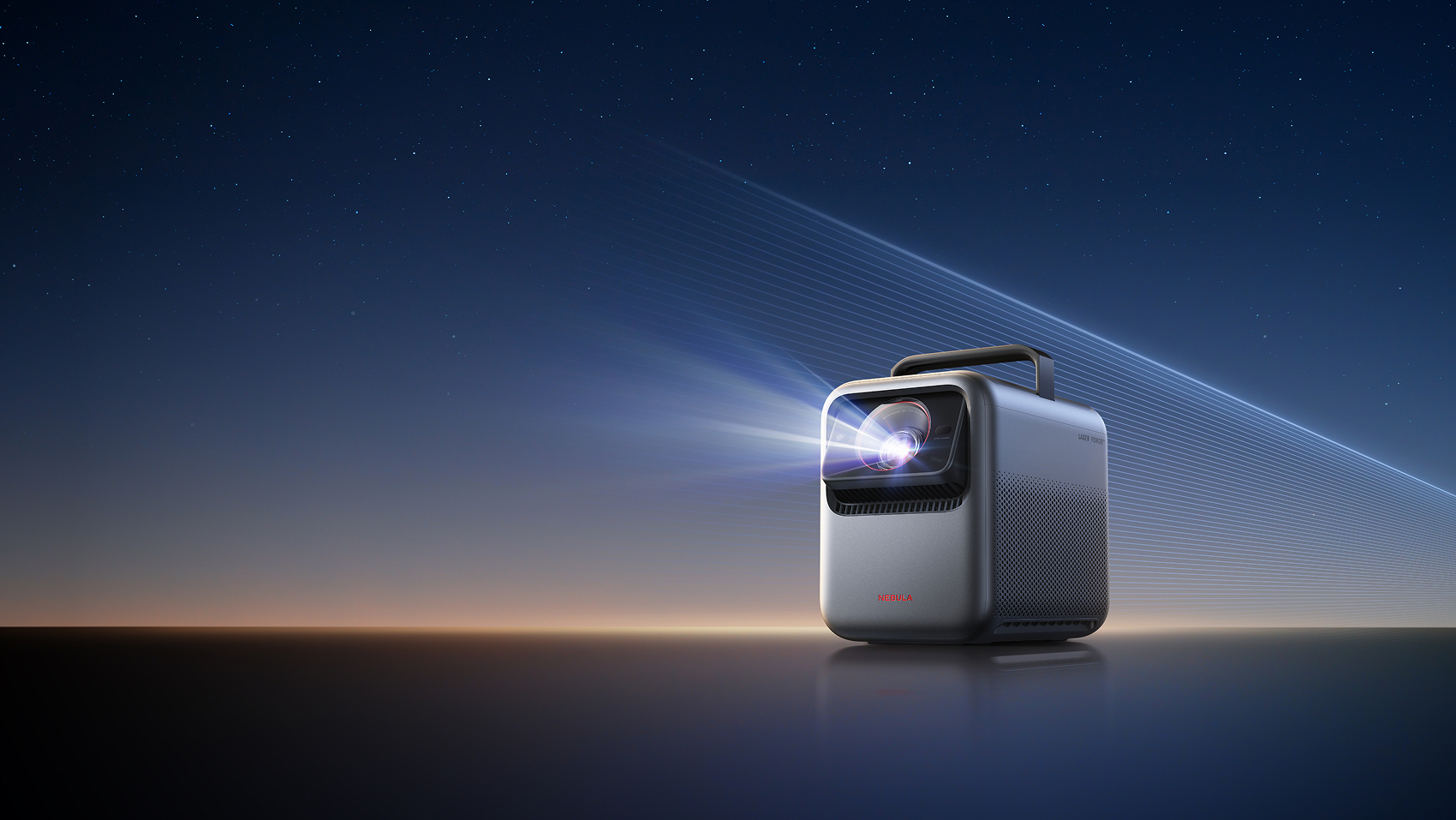Die Hard 30th Anniversary – 4K Ultra HD Blu-ray review
The 80s action classic gets an upgrade to UHD...
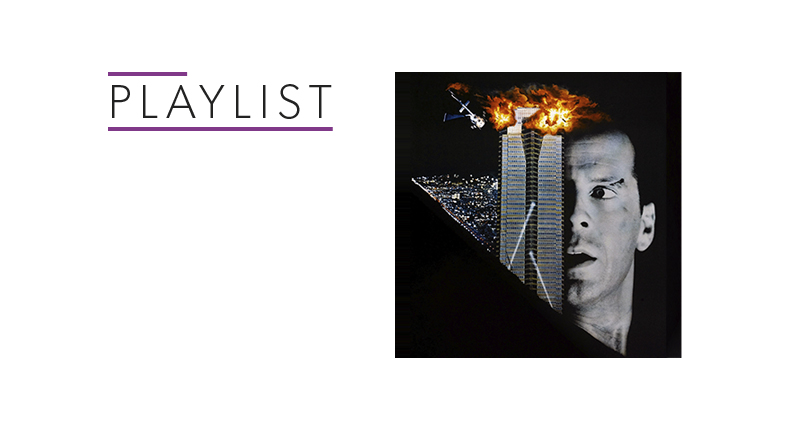
What can you say about Die Hard that hasn't been said? It's been 30 years since the U.S release (it arrived in the UK in 1989) and the movie still ranks among the best action films ever. There's a reason why films were dubbed Die Hard on a... bus (Speed), mountain (Cliffhanger) and plane (Air Force One) in its wake.
The story sees New York cop John McClane (Bruce Willis) flying to Los Angeles to spend time with his wife Holly Gennaro (Bonnie Bedelia) over the festive holidays. Arriving at the Nakatomi Corp.'s offices for a Christmas party, the proverbial hits the fan when a group of terrorists led by Hans Gruber (Alan Rickman) storm the building. With everyone taken hostage apart from McClane, he has to find a way to stop the terrorists and save his wife.
MORE: Best new films 2018 – trailers and release dates
Film
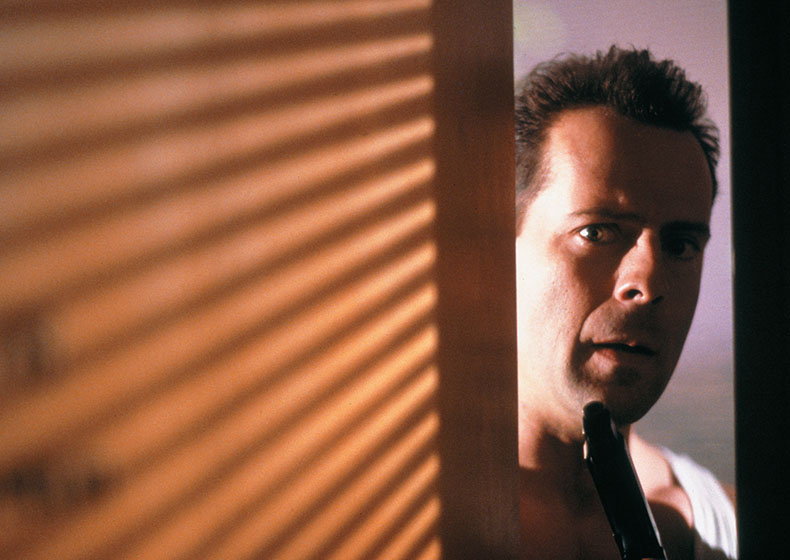
Realism was not a strong point of the 80s action cinema. More often than not, they featured a one-man army who chopped down hordes of enemies in the most gleefully inventive ways.
The likes of 1987's Lethal Weapon and 1988's Die Hard countered that. Having an actor with arms the size of tree trunks wasn't a requirement. You had a character that was more of an everyman. They were more vulnerable, flawed even, and in John McClane you had an action hero you could empathise with.
Mending himself after every encounter, surviving by the skin of his teeth (or the soles of his feet), it's made clear McClane isn't completely bulletproof. Emotionally, he's not in the best place either, due to his strained long-distance marriage.
Seeing him up against it, a normal person outmanned and outgunned, is what makes Die Hard so much fun. It’s the perfect encapsulation of the right man in the wrong place at the wrong time.
Get the What Hi-Fi? Newsletter
The latest hi-fi, home cinema and tech news, reviews, buying advice and deals, direct to your inbox.
MORE: 4K Ultra HD Blu-ray – all the 4K discs on sale and coming soon
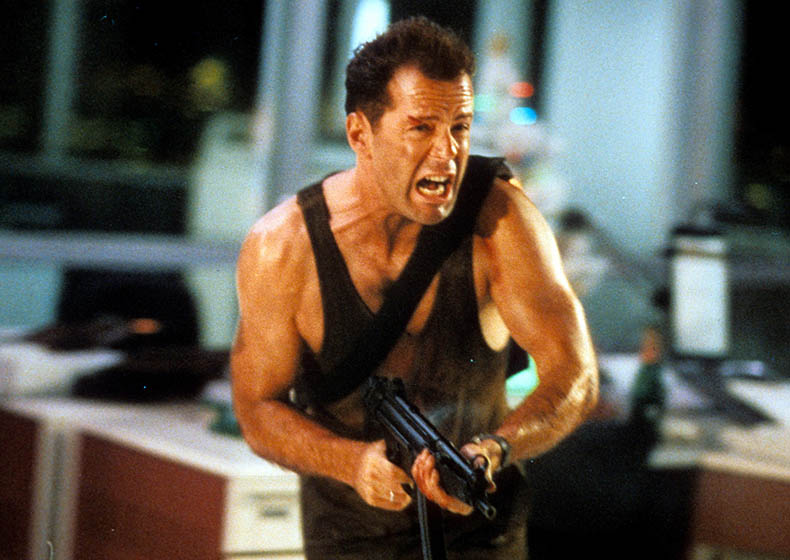
And there are plenty of other characters and mini-stories to keep your interest when McClane is off-screen. From Reginald VelJohnson’s Sgt. Powell, William Atherton’s sleezebag journalist Richard Thonberg, Paul Gleason’s Deputy Police Chief Dwayne T. Robinson or Bonnie Bedelia’s tough Holly Gennaro, it's a terrifically acted film.
Even in the shadow of modern-day action films, it remains a formidable piece of cinema. There’s plenty of humour, several classic lines of dialogue (“I'm going to count to three, there won't be a four…”) and in Rickman’s Hans Gruber you have one of the great screen villains. Charismatic and suave; you almost want his plan to succeed.
It’s a taut, lean piece of cinema that moves at a brisk pace. The late 80s saw director John McTiernan at the height of his powers but Die Hard remains his best effort. This is an action film that balances smarts with brawn, which is an incredibly tricky feat. Yet the film achieves this with ease.
MORE: The What Hi-Fi? archive of 4K Ultra HD Blu-ray reviews
Picture
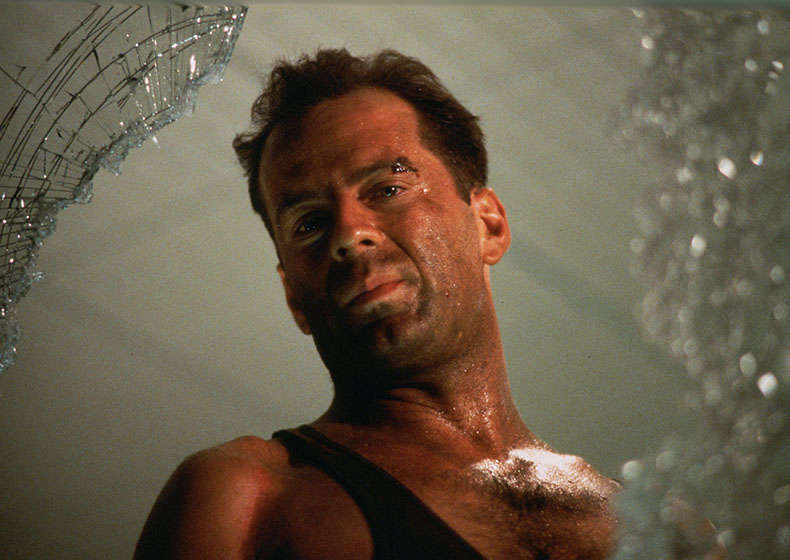
Tested with Cambridge CXUHD and Samsung QE55Q9FN 4K TV
Die Hard was shot on 35mm and this release is a new 4K scan of the original film negative. The gains are immediately noticeable.
It's arguably a softer, certainly brighter image that's more exacting in terms of detail. The use of HDR and WCG has increased the range of tones, making for an image where colours are strong and clear in how they're expressed.
Brighter colours are punchier and pop better, while darker areas of the image have a solidity and definition the Blu-ray can't match. Die Hard isn't a particularly colourful film, but the 4K version is able to extract more from what's already there.
Textures of surfaces, objects and the questionable 80's fashion are more accurately rendered. It's a much slicker and better-resolved image in that respect.
The amount of grain may turn off those who prefer a clean look - here it gives the film a nicely textured and cinematic feel. Skin tones are more pronounced but remain natural, while blacks have appropriate solidity and depth to them
Whites are truer and make for a striking contrast in the scene where McClane is patching up his bloodied feet in a sink. Clarity is better too. You're able to make out more detail, and in some instances colour, from faces and surfaces.
This is a beautifully textured cinematic image. Die Hard has never looked better on a home cinema system.
MORE: 10 of the best film scenes to test picture quality
Sound
Tested using Denon AVR-X4400H, PMC Twenty 23 5.1
Die Hard arrives on UHD with what the slipcase claims is an 'immersive audio' track. As it neither has an Atmos or DTS:X mix, and makes do with the 5.1 DTS-HD Master Audio track found on the standard Blu-ray, we can't agree. It’s a satisfying presentation, but the movie really deserves an audio upgrade.
It’s a track that’s well defined and dynamically capable. Detail is fine, though effects sound their age at times (especially the punches). There’s a vigorous sense of energy on display whenever the action ramps up, but it still holds your attention during quieter scenes.
Explosions are big, impactful and rendered. There isn’t much, if any, use of bass and while despite being a 5.1 track, there aren't many effects in flitting between the surround channels. This is more of a showcase for your fronts and centre channel which offer decent clarity, and basic placement of effects.
Michael Kamen’s suspenseful and energetic score echoes Beethoven’s Ode to Joy and is a near-constant and forceful presence across the front array. Dialogue comes across as clear and distinct. Die Hard is a film best served with the volume turned up.
MORE: 10 of the best film scenes to test surround sound
Verdict
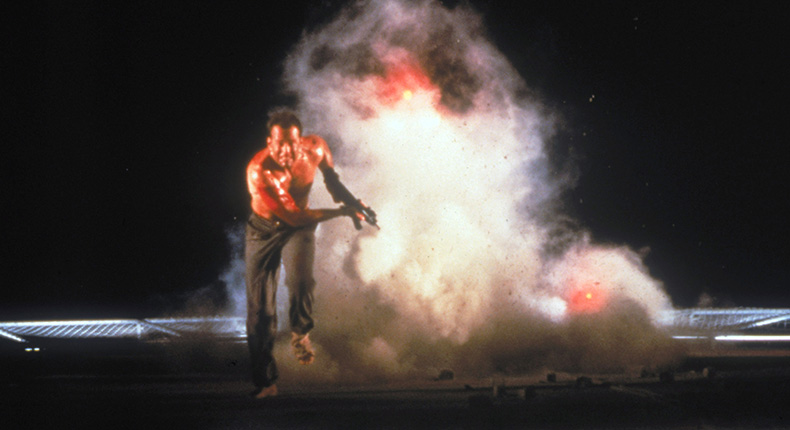
One of the greatest action films of the 80s gets a really good UHD presentation.
The picture is an excellent effort that grants the film a new lease of life. The 5.1 soundtrack is fine and has all the fireworks you'd expect. It would have been interesting to hear what an Atmos or DTS:X soundtrack could have achieved, though.
Nevertheless, Die Hard makes a terrific impact on UHD and if you have the necessary kit, then the 4K is the version of the film you ought to seek out. Yippie Ki-4K!

Extras
Commentaries from director Joh McTiernan and Jackson De Govia are on the 4K and Blu-ray, as well as a scene-specific commentary from special effects cinematographer Richard Edlund.
Otherwise for a 30th anniversary, this is a lacklustre package.
- Commentaries
- The Newscasts
- Still Gallery
- Trailers
- TV casts
Kob began his career at What Hi-Fi?, starting in the dusty stockroom before rising up the ranks to join the editorial and production team as the Buyer’s Guide editor. Experienced in both magazine and online publishing, he now runs the TV & audio section at Trusted Reviews where he keeps a beady eye on all the latest comings and goings in the hi-fi and home cinema market.
